“The Worthington News” Goes Digital
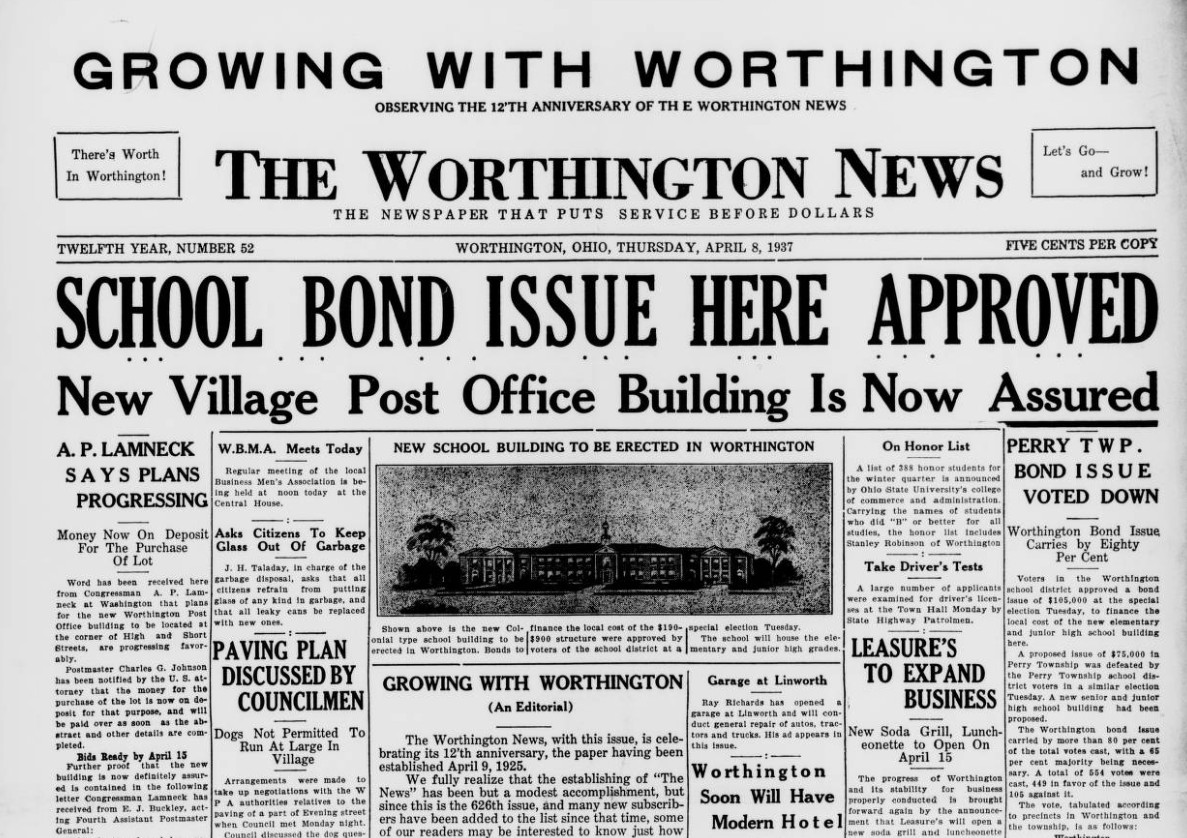
Nearly four decades of The Worthington News are fully scanned and searchable on Ohio Memory. Read on to learn a little more about the history of the News and its legacy that’s still going strong in Worthington.
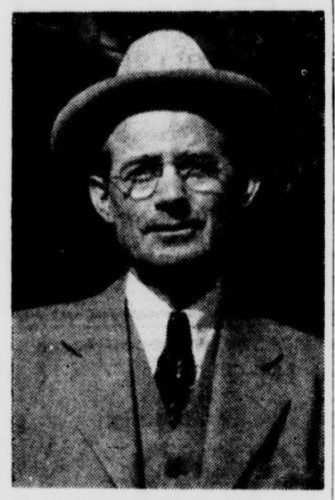
Worthington was founded in central Ohio in 1803, and its founder, James Kilbourne, also helmed its first newspaper, The Western Intelligencer, which ran from 1812 to 1814. With the exception of the Intelligencer and a handful of other short-lived publications like the Franklin Chronicle and Worthington Gleaner, Worthington residents spent over a century getting their news from publications in nearby communities such as Westerville, Delaware and Columbus.
This dearth of Worthington newspapers changed in March 1925, when Leonard Insley launched The Worthington News. As described in a tribute to Insley following his death in April 1952, “Men who lack confidence to strike out on their own in a strange field should have known Leonard Insley, the editor-publisher of The Worthington News, who died Sunday with the assurance that he had created something that would last—a weekly newspaper dedicated to serve the Worthington community.” It goes on to describe how Insley, over 40 and having lost his career as a draftsman due to failing eyesight, started out in the field of newspaper publishing with no experience and only a little money. He canvassed for subscribers in Worthington’s village and farmlands on foot, gaining just over 1,000 subscribers in the newspaper’s first year.
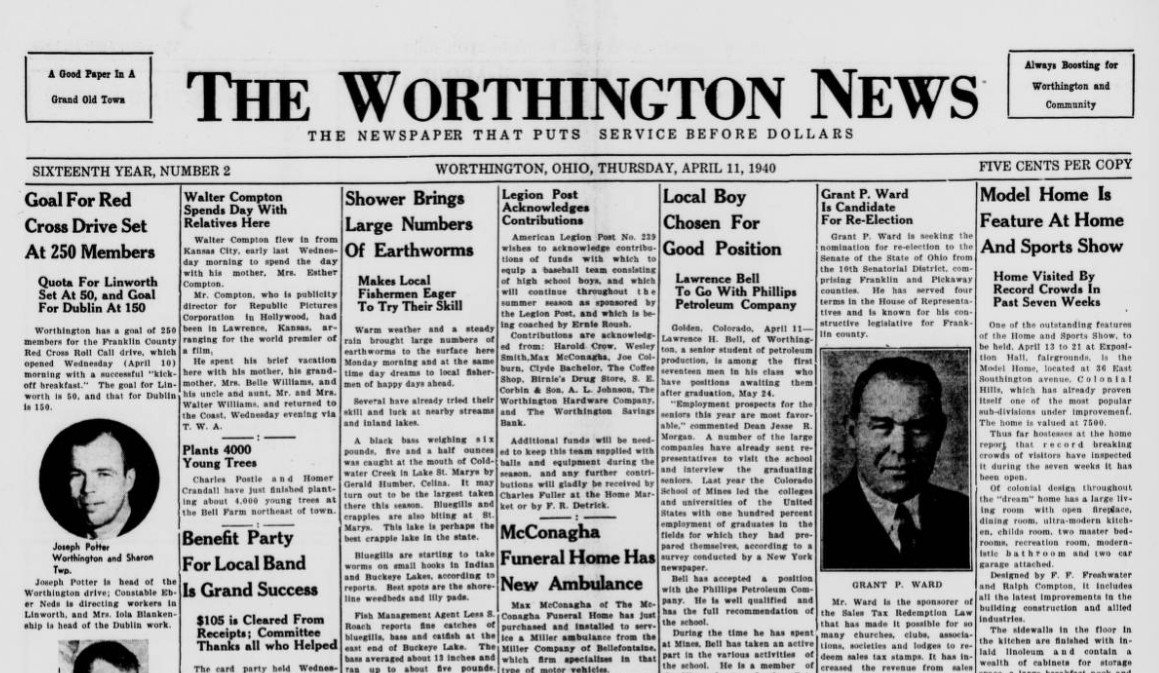
The paper weathered the Great Depression and went on to become a fixture of the community. For many years, its motto was “The Newspaper that Puts Service Before Dollars,” and it covered local government, school news and neighborhood updates on a weekly basis. The social activities of residents received attention in every issue, with reports on who visited their in-laws or spent the afternoon entertaining out-of-town guests. And the newspaper faithfully covered some of the more “slow news weeks,” bound to happen in the then-small village, which explains headlines like “Shower Brings Large Number of Earthworms.”
The Worthington News was a family affair, with Insley’s wife, Modesta, serving as bookkeeper and his children Paul, Warren and Betty working in the print shop. All three children studied journalism at The Ohio State University. The Worthington News missed publication only two times during Insley’s tenure: the week his eldest son, Paul, died in an automobile accident, and the week Insley himself passed away.
The newspaper remained under the managerial and editorial control of the Insley family until 1989 when it was sold first to Hirt Publications, then, several months later, to Consumer News Services, Inc., a subsidiary of The Dispatch Printing Company.
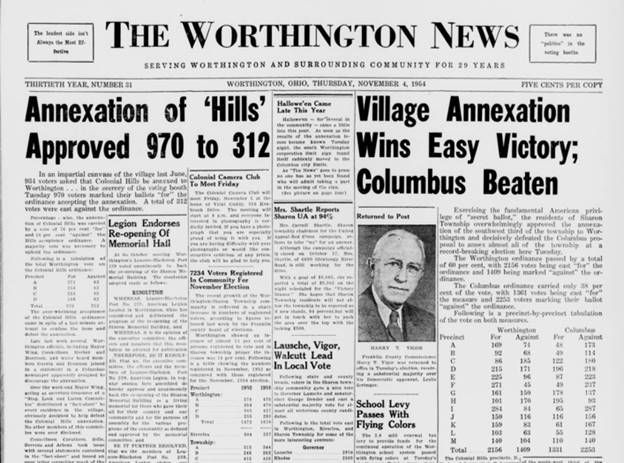
During the Insley family’s tenure, The Worthington News documented sweeping changes in the community, as it grew from a sleepy farming village of less than 1,000 in 1925 to a city of 14,000 residents in 1989. The 1950s in particular saw rapid growth, with the annexation of the Colonial Hills subdivision in 1954 bringing Worthington’s population to the 5,000 needed to incorporate as a city, which it did in 1956. The late 1950s and early ‘60s also heralded the development of Columbus’ freeway system, with a number of proposals to have the north outerbelt (now known as I-270) run through various areas of Worthington. All such efforts were vigorously opposed by city council and Worthington residents, and in the end the outerbelt was pushed north of the city.
Old Worthington Library, at 820 High Street, maintains the complete run of The Worthington News on microfilm, as well as other Worthington newspapers that began publication in the 1990s. The microfilmed newspapers are popular with library patrons, and in 2019, Worthington Libraries collaborated with the Ohio History Connection to have several decades of The Worthington News digitized. The fully searchable collection includes the years 1925 to 1963 and is hosted on Ohio Memory.
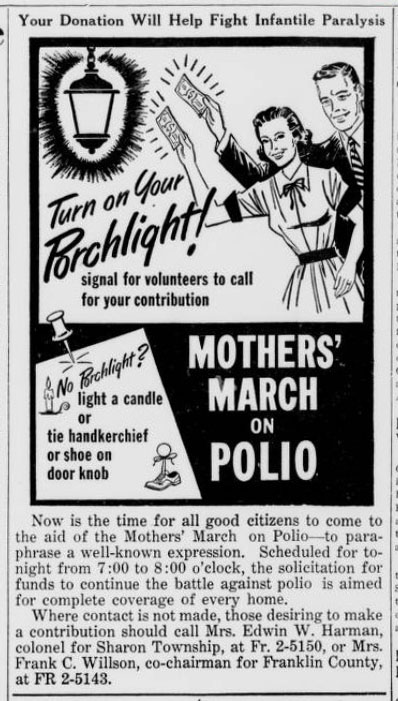
This new format has been popular with researchers and residents and has made the newspapers much more accessible. One longtime resident of Worthington has been searching for and collecting all articles pertaining to his family members and the businesses they owned throughout Worthington during the time period.
The Worthington Historical Society (WHS) frequently refers researchers to the News’ articles and ads for genealogical and property research. The newspaper shared the arrivals and departures of Worthingtonites and their addresses throughout the decades, making searching by name or address a great way to locate who lived where and when. The WHS director was even able to help a resident researching the history of her home figure out, using newspaper articles, that the house had been built in one location but moved to a different address in the 1930s.
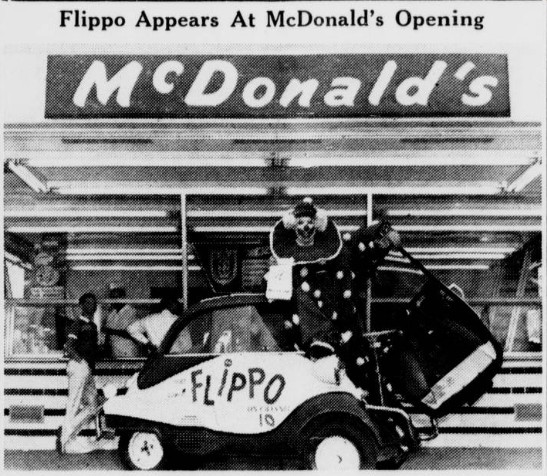
The digitized newspaper has also proven valuable in researching material for Worthington’s local history site, Worthington Memory, as demonstrated by an exhibit on polio and its impact on the community. Before Dr. Jonas Salk’s vaccine arrived in the mid-1950s, the virus peaked in August or September of each year, claiming the lives of tens of thousands of Americans. The Worthington News covered the devastating impact on residents who contracted the virus, as well as vaccination drives and community fundraisers for the March of Dimes Polio Drive.
Although the digitized News is hosted on the Ohio Memory site, the Worthington Memory news index offers another access point, by linking to the full article mentioned in a particular news index entry. Flippo the Clown offers an example here; below “Full text,” click on “Available online via Ohio Memory’s Worthington News Collection.” For anyone not familiar with Flippo, he was a popular children’s TV show host in Columbus throughout the 1950s and ‘60s.
As a reflection of the experiences of Worthington’s people through the decades, The Worthington News is a treasure. Spend some time browsing its online archives for a glimpse into Worthington’s past.
Thank you to Meredith Southard, Librarian for Worthington Libraries, for this week’s post! Meredith manages Worthington’s local history site, Worthington Memory.
Ohio Memory is celebrating 20 years! Visit our blog all year long to learn more about our program, partners and collections.



Leave a Reply
You must be logged in to post a comment.